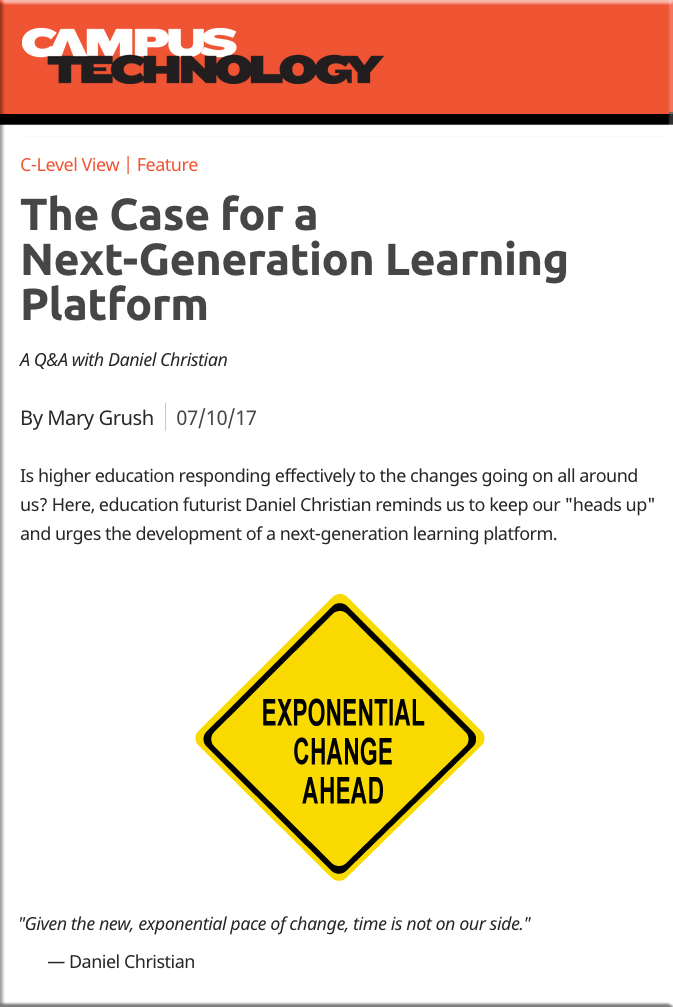This former Apple designer is taking on Amazon’s Twitch with $146 million and Fox’s backing — from fastcompany.com by Jeff Beer
Caffeine founder and CEO Ben Keighran talks about why live streaming is much more than gaming—it’s the future of TV.
Excerpt (emphasis DSC):
Live-streaming startup Caffeine, started by former Apple designer Ben Keighran, is emerging out of a two-year beta today and aims to overtake Amazon’s Twitch and Microsoft’s Mixer as the world’s leading live broadcasting platform. The official release version features a completely new design for its website and iOS and Android apps that combines editorial, algorithmic, and social connections to make it easier to discover live broadcasting from gamers, entertainers, and athletes, as well as create your own interactive broadcasts featuring live television content.
Twitch is the undisputed king of live-streamed gaming, but Keighran is betting that Caffeine’s more diverse focus to go beyond gaming—into entertainment and sports—will make it a more attractive place for both viewers and creators.
Keighran says another technological difference between Caffeine and Twitch is in its ease of use and quickness. “In just a couple of clicks, you can stream Red Bull 24/7 and be the commentator, you can stream Fortnite in one click, you can create an entertainment stream and talk about the new sneaker you just got, and you can do that all in one place,” he says. “And it’s all in real-time—there’s no delay in the video, whereas on Twitch, there’s up to a 60-second delay.”
From DSC:
Hmmm… social interaction. New platforms for streaming live content. Ability to comment and ask questions (i.e., audience interactions). Interactive chats.
Can we add learning-related experiences to the audiences and applications here?
A somewhat related item:
- Large-Scale Esports Series Launches in Partnership with College Bookstores — from campustechnology.com by Sara Friedman
Students participating in the AVGL Masters: Campus Gaming Series will register for the tournament by visiting their campus bookstore and then compete online on BoomTV.










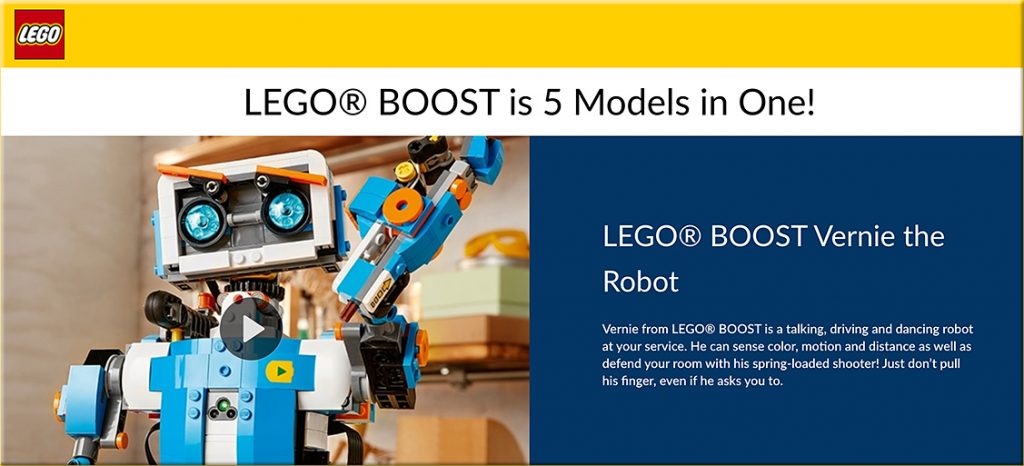
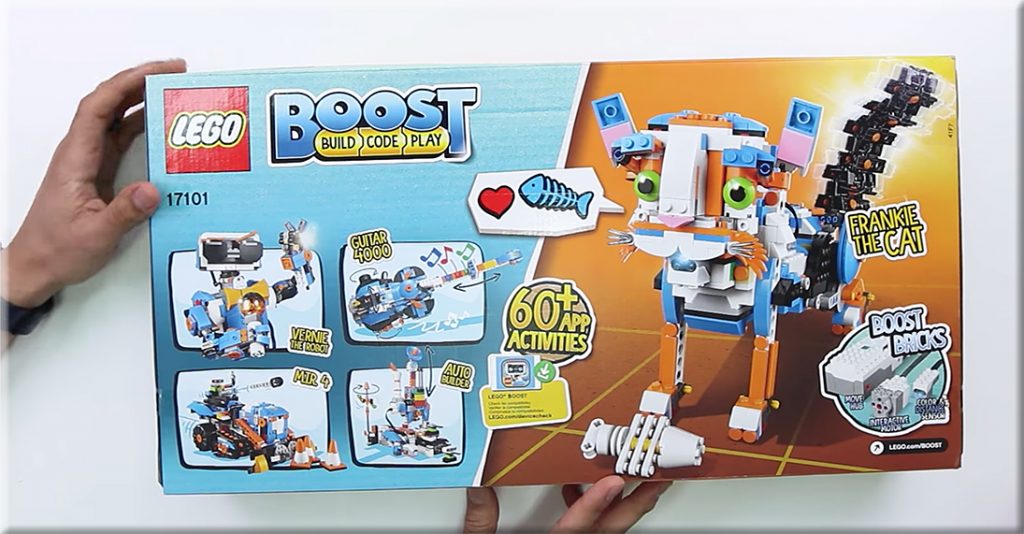
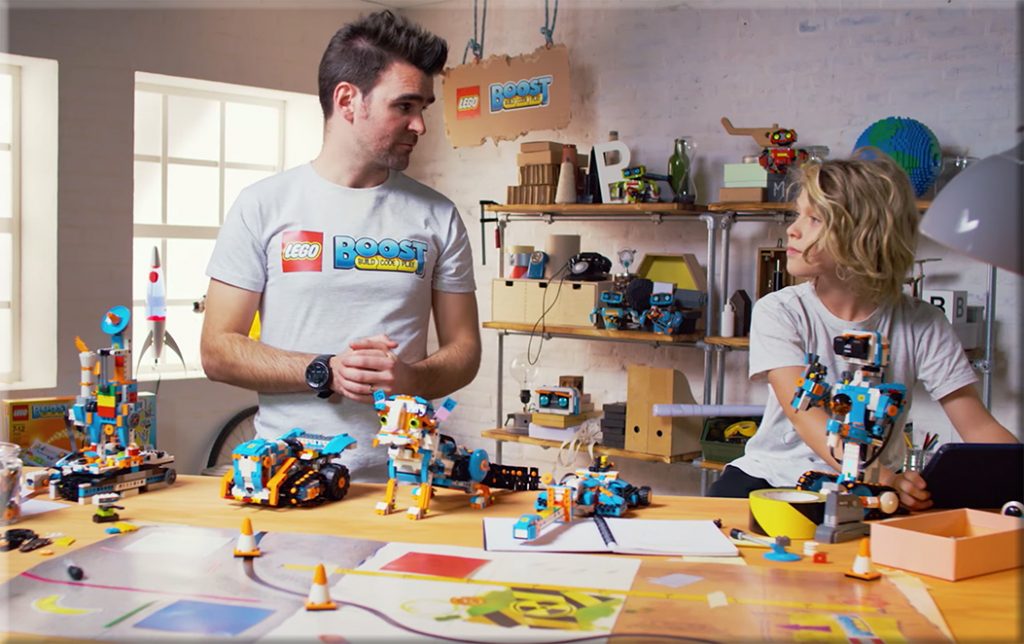
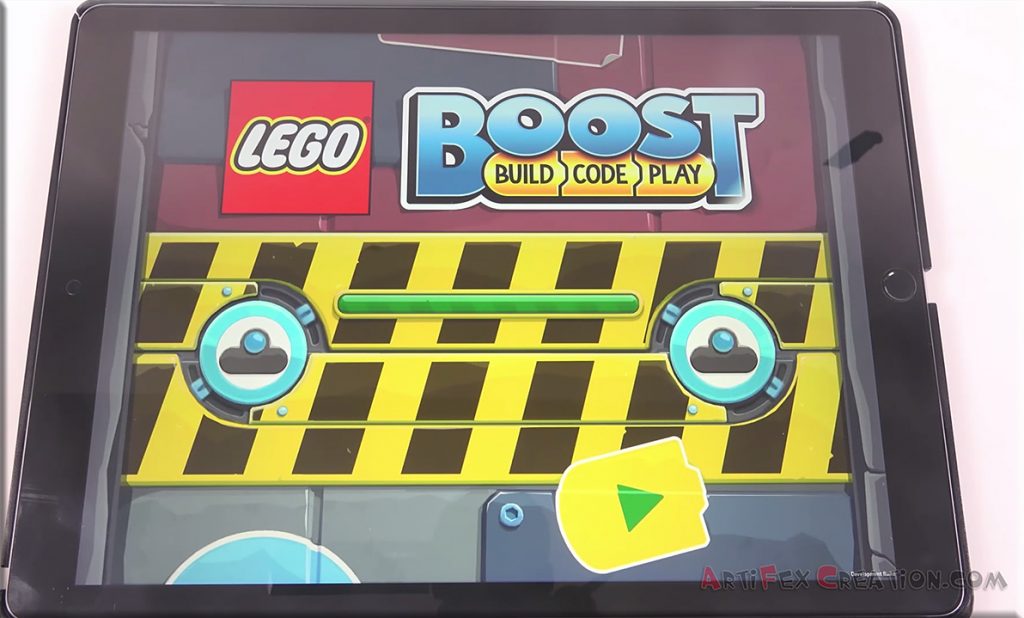

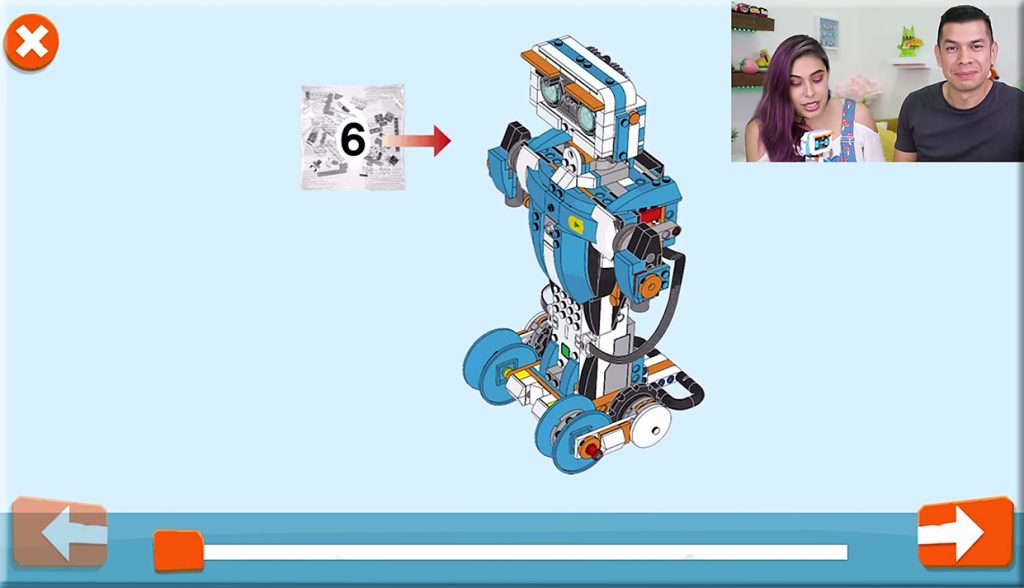
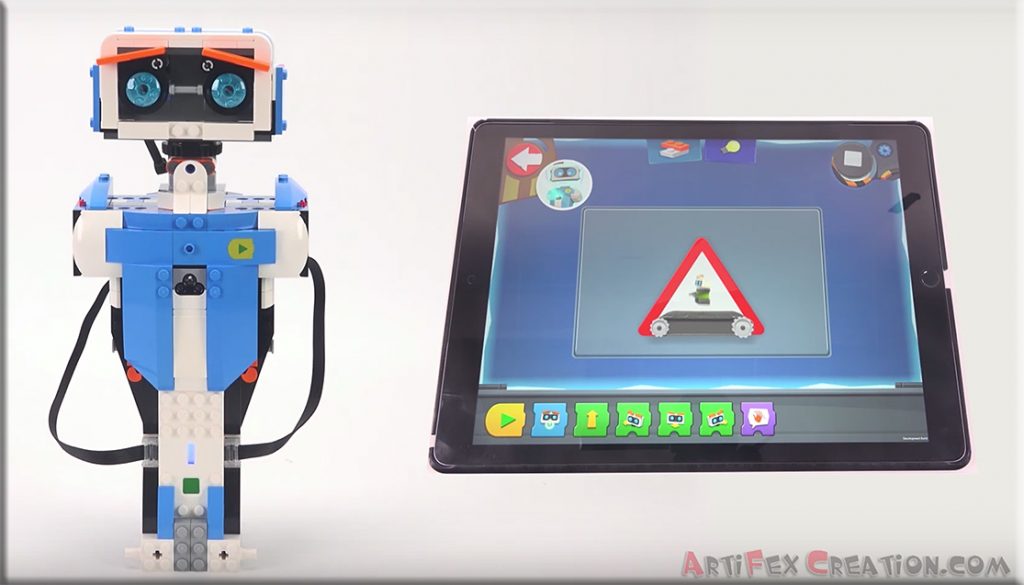
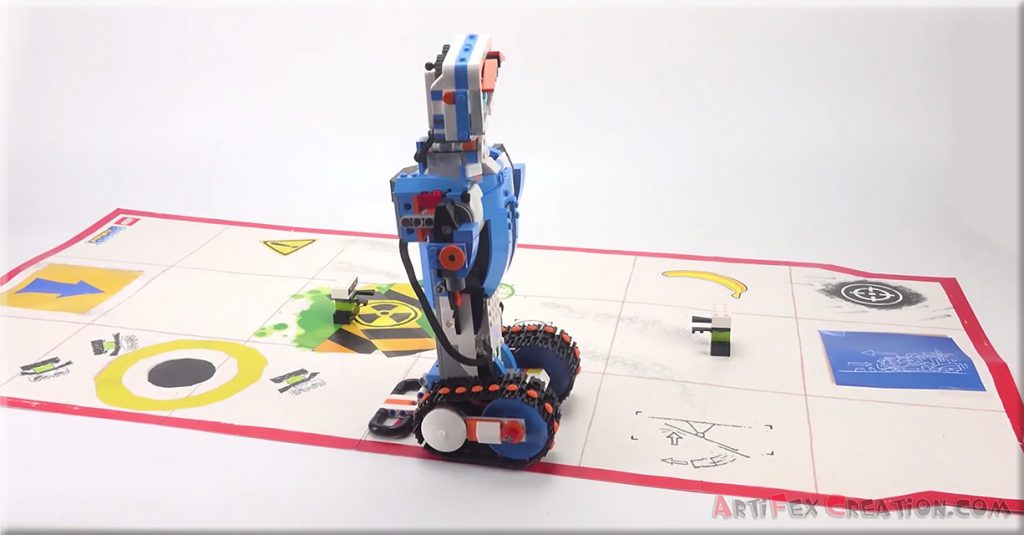


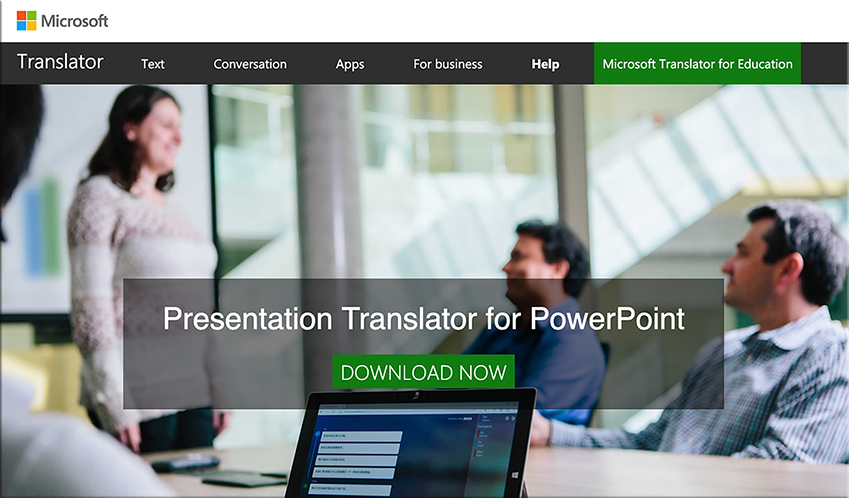


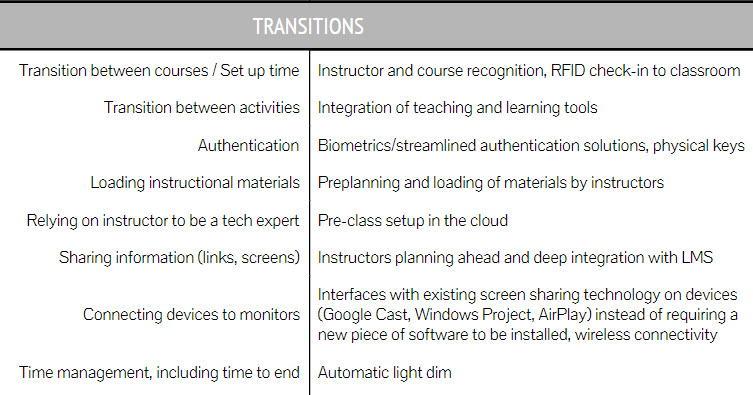
![The Living [Class] Room -- by Daniel Christian -- July 2012 -- a second device used in conjunction with a Smart/Connected TV](http://danielschristian.com/learning-ecosystems/wp-content/uploads/2012/07/The-Living-Class-Room-Daniel-S-Christian-July-2012.jpg)



